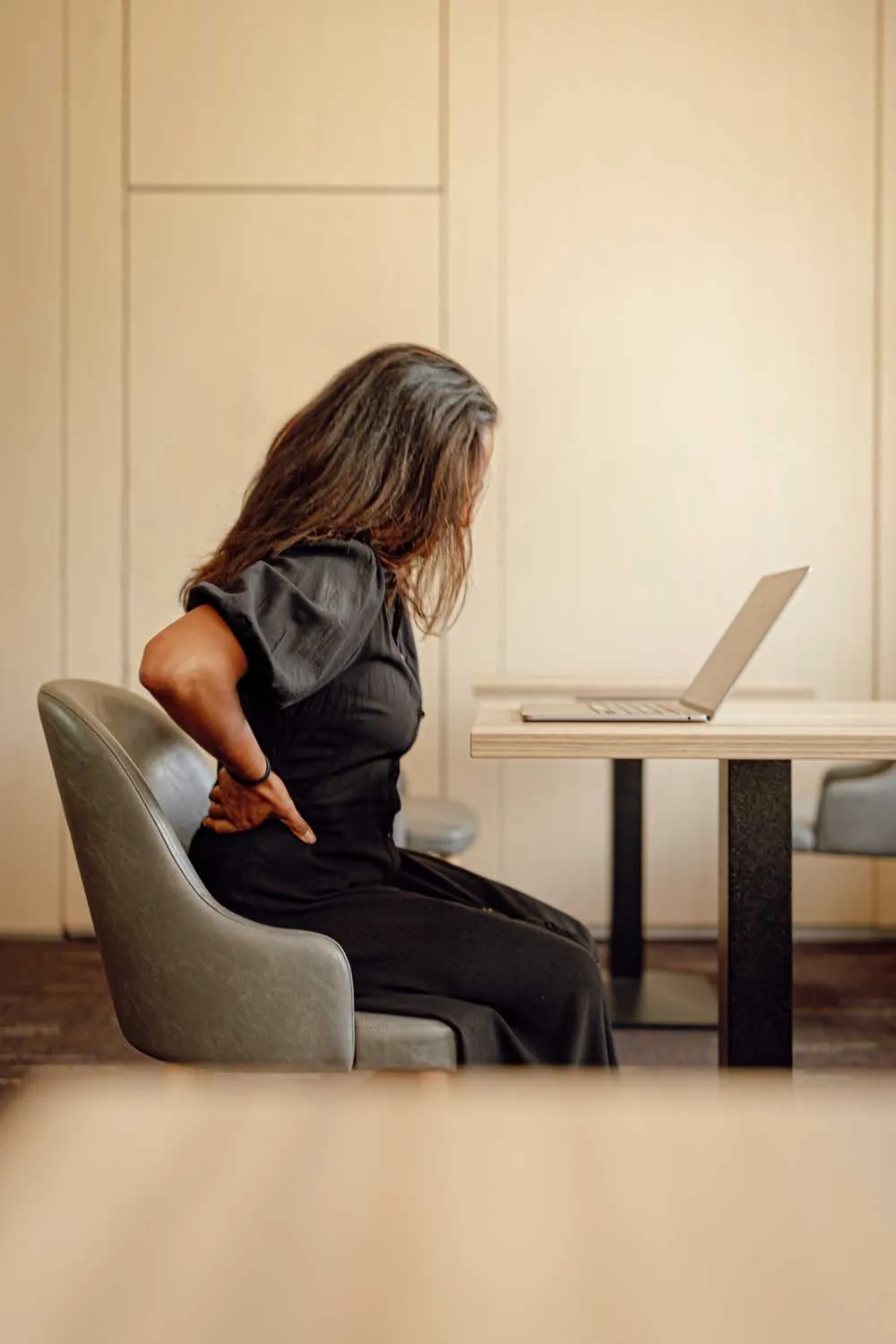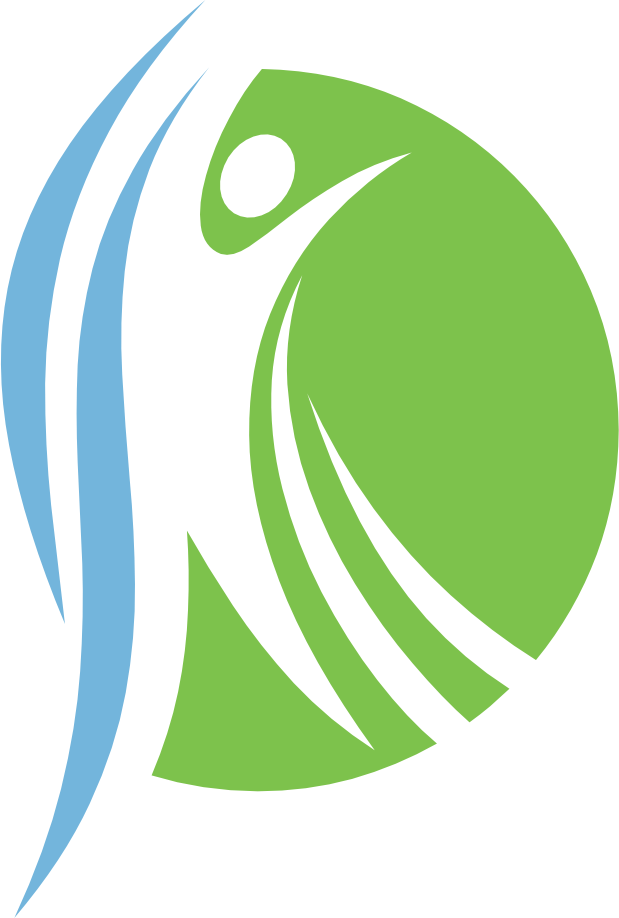Back Pain

Clarifying back pain
Back pain can be debilitating and should not be ignored. Our physiotherapists specialise in diagnosing and treating back pain quickly and effectively using a range of evidence-based techniques. Early intervention is key, as prompt treatment can prevent the condition from worsening. If you’re experiencing back pain, seeking professional care early can help you recover faster and reduce the risk of chronic issues.
Causes of Back Pain
Poor posture while sitting, standing, or moving can lead to back fatigue, strain, and injury. Prolonged poor posture weakens the muscles supporting your spine, leaving your back more vulnerable to discomfort and pain. Other contributing factors can include improper lifting techniques, lack of physical activity, or overexertion.
Postural Stress
When the spine is malaligned, the back muscles, ligaments, discs, nerves and spinal joints are all under increased and unnatural stress.
Muscle Strains
Minor muscle strains in the back can improve quickly of their own accord. For strains of a greater severity physiotherapy can with pain relief and hasten healing.
Ligament Sprains
Overstretching ligaments can cause pain through rupturing and bleeding into adjacent tissues. Common causes include road traffic accidents and sports injuries.
Disc Injury
Discs are attached between vertebrae, and as such they cannot ‘slip out of place’ as is commonly referred. They deteriorate with age, however most commonly they occur through injury. Physiotherapy can help to alleviate pain and improve function associated with; a disc bulge, also known as prolapse; a herniation; or occasionally a rupture. Disc injuries are often referred to as a slipped disc, however this is not an accurate description as the discs are firmly anchored between vertebrae.
Sciatica
Sciatica refers to symptoms caused by compression or irritation of the sciatic nerve emanating from the nerve roots in the lower back. Symptoms may include pain, numbness, weakness and pins and needles anywhere from the back down the leg and into the foot. It typically presents on one side of the body.
Arthritis
The formation of bony protrusions and inflammation at vertebral and facet joints can lead to decreased movement and pain in the back. Arthritis is a naturally occurring phenomenon and cannot be reversed, however contributory factors can be addressed and advice on managing the pain can be helpful.
Muscle Weakness
Deep abdominal muscle weakness has been linked to an increased prevalence of low back pain.

How we can help
We can treat back pain in a variety of ways:
- Early advice and activity in line with current best practice research
- Mobilisation and/or manipulation
- Core stabilisation exercises
- Acupuncture
- Pilates
- General exercises and stretches
- Kinesiology Taping
- Ergonomic advice
- Postural advice
- Massage
- Myofascial Release
Conditions
Other Conditions We Treat














